The Maturity Model Assessment Tool
Powered by EVA
What is it?
We developed the Maturity Model Assessment Tool in 2020 to provide a convenient way for organisations to quickly and easily assess their maturity levels based on various industry maturity models. It is hosted on our Enterprise Value Architect (EVA) repository software.
Learn more about this powerful tool and how Inspired can help your organization grow.
Try it now
You can see the tool in action yourself by taking our free Digital Business Capability Maturity Assessment.
Or keep reading to learn more about maturity models and how they are used.
Using a Maturity Model
Why use one?
Maturity models help to assess where you or a business is on a maturity scale or journey towards some desirable state. They incorporate a number of dimensions which can probe your level of skill, experience, readiness and capability by listing the critical areas and citing levels of achievement or capability in each of those at a given level of maturity.
We can use them to compare ourselves to others in a given industry or situation, to identify our own strengths and weaknesses and to contemplate how to improve our capabilities.
Another benefit of using these kinds of models is to stimulate discussion, surface issues and get participants on the same page as we plan our actions.
They often incorporate considerable expert knowledge and are relatively quick to use.This allows them to add considerable value with limited effort and cost.
What do they look like?
Typical maturity models are represented as tables with columns for the increasing levels of maturity and rows for the areas of concern / capability. In each cell they list the characteristics of that capability at the relative level of maturity.
How do I use it?
To use the model, proceed as follows:
First understand what the model is about, what it purports to measure and who it is for
Scan the columns to understand the maturity levels and how they increase from left to right
Work down through the rows. For each row:
Work across the cells to the right
Read the description in the cell carefully
Consider if your organisation is at that level / resonates with it completely OR is not there yet OR has definitely moved past that point
Keep moving right until you find a cell that you agree with, followed by one that you feel is beyond your current level
The left hand of the cells above is your current level of maturity
Mark your maturity level and then move to the next row…
When you have marked all rows, you will typically have a zig zag pattern down the table. The average of this could be said to be your overall level of maturity (column in the centre of the plot)
Look carefully at the statement you chose as the one representing you / your organisation in each row. Now look at the one to its right. Consider what you will need to do to move from the current state to the next higher level of maturity. This should be in your plans to improve your capabilities and performance towards greater maturity.
Items that have a lower than overall maturity should be prioritised for urgent attention, while those that are more towards the desired level may be tackled later
Some frameworks will provide guidance in moving from one level to the next. This can be very valuable. Some formal frameworks may even offer professional assessments and certification at different levels of maturity (the best known of these is probably the Carnegie Mellon Software Engineering Maturity Model).
A Few FAQs
What if we are not at the same level in different parts of the organisation?
That is quite common. Mark the range across the cells from lowest to highest
Make sure the good practices, skills, experience and knowledge are spread from the high performing areas to the low performing ones
Alternately, focus on a specific area / business unit at a time. Prepare separate plans for each
Can we be at multiple levels? On a single row…?
Yes, sort of, but pick the one that resonates the most
Keep notes of your differences from the perspective in the model, you can use these to refine your responses and planning
How can we communicate this quickly?
One way is to colour code the scores / cells into a “heat map”. If you are below par in a row, mark it red, average, mark it yellow, above, mark it green
What if we think there is an important dimension the model doesn’t reflect?
First check. It may be there hidden in another topic or with different terminology
If not, and it is really important, then extend the model by adding a row and suitable descriptions. Consult experts if necessary
Exclude your additional row from any calculations where you are benchmarking against others in your industry / situation using an industry standard model



